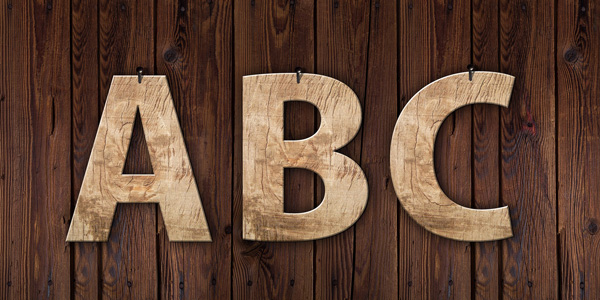
For those engineers (and interested non engineers) out there, CAD and CAM, are a fundamental part of the wider development process when bringing a product from its conception to the manufacturing stage. The partnership between the two can be likened to that of Simon and Garfunkel or Cliff Richard and The Shadows, put simply, you couldn’t imagine one without the other if you are looking to bring a highly engineered product into mass production.
CAD for those of you who don’t know, is a 2D or 3D model produced using computer aided design (CAD) software such as Creo, Solidworks and Inventor. The CAD model is the created design of a product or part which captures and sets the function, looks and properties. CAM, (Computer Aided Manufacturing), is the process by which the CAD design is loaded and transferred by more software, to the CNC (Computer Numerical Control) machinery in order to produce the physical engineered components. The CNC machinery utilised to achieve this goal, can range from routers, lathes, milling machines and 3D printers. Still with me?
The main benefit of CAM is its speed and accuracy. The incredibly small chance of any error in the final product helps with boosting efficiency, reducing waste, energy and associated costs. Of course there is a massive set up cost for those wishing to start off in this area, both in terms of buying, installing and maintaining the hardware and software products. But if you require an automated production process, that can produce items with a high degree of accuracy and precision such as that used in sectors such as aerospace, automotive and biomedical devices, then this is the way to go. Its as simple as ABC, or is it?

